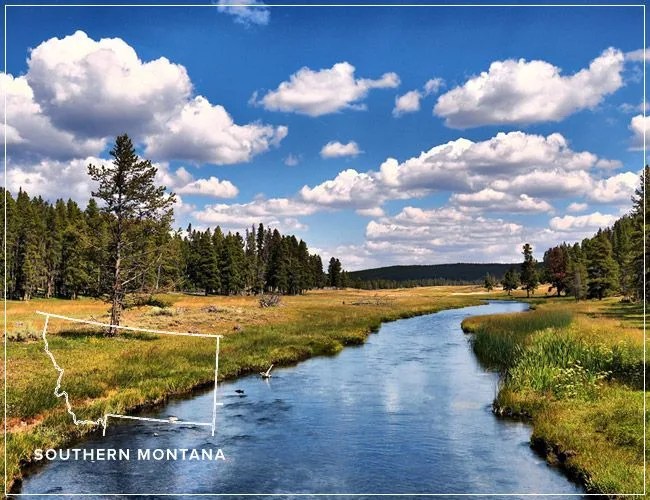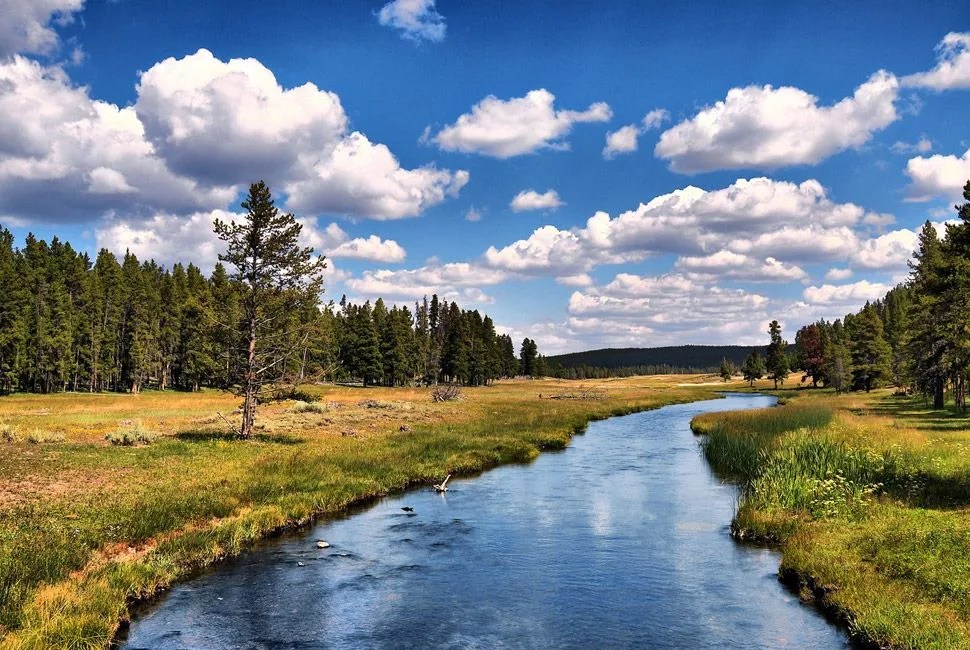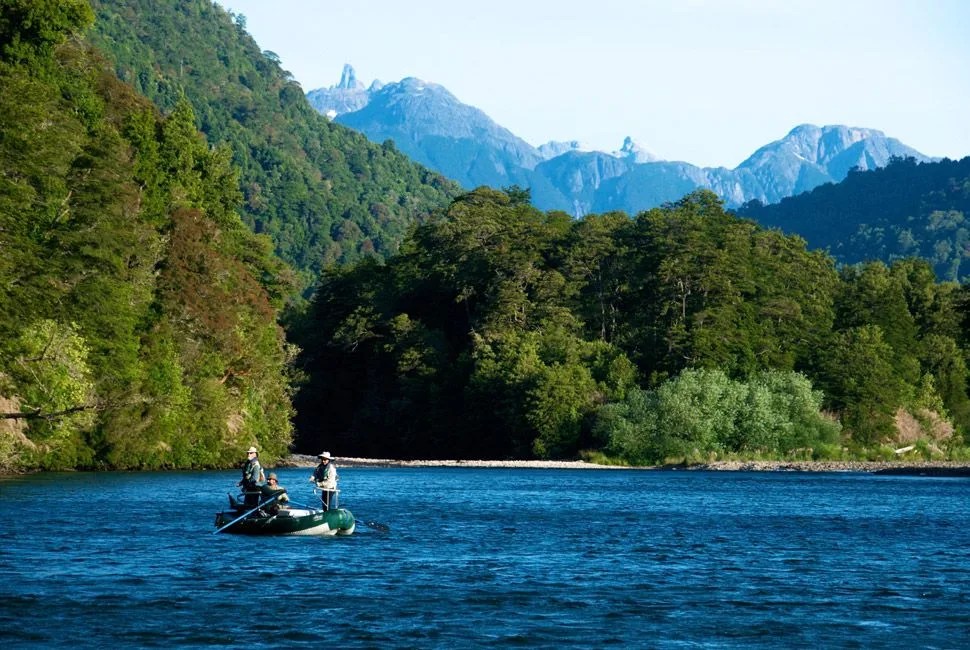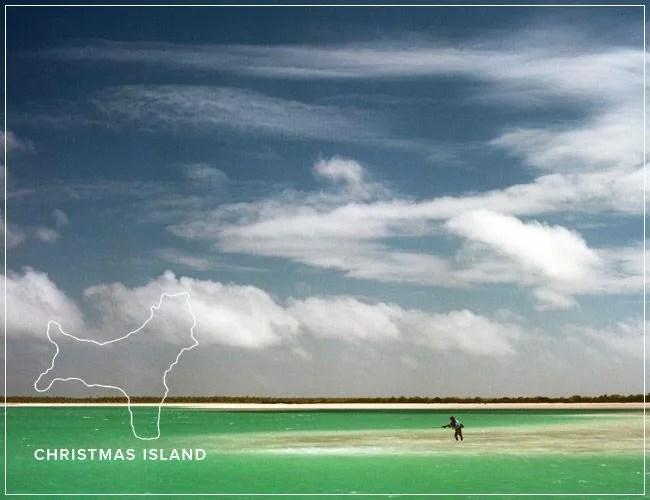4 photos
If you have a hankering for more exotic fish than you can find in the nearest stream, river, or lake, consider packing a bag with a few travel rods and the rest of your gear and giving destination fly fishing a try. That’s all well and good (great, really), but as always, you should strive for the cream of the crop. Here are three trips worthy of the bucket list of any fly fisher.
MORE FISH TALES: A Fly Fisherman’s Primer | 30 Minutes with Fly Fishing Legend Lefty Kreh | Why Fly Fish? An Essay
Southwest Montana
Center of the Trout Universe

Southwest Montana has been called the center of the fly fishing world. Legendary rivers like the Madison, Gallatin, Ruby, Jefferson, Big Hole, Beaverhead, and the Missouri are here. One valley to the east is the Paradise Valley, home of the Yellowstone River. Off to the west are the Clark Fork and the Big Blackfoot (made famous in the movie A River Runs Through It). Yellowstone National Park (our first national park), mostly in Wyoming, is right nearby for easy access to the Firehole, Gardiner, Bechler, Lamar, Soda Butte, Slough Creek and others. And the Henry’s Fork of the Snake is south, just over the border in Idaho.






